“Hanukkah: A Festival Of Delights” features Jewish families from a variety of backgrounds including rabbis, scholars of Jewish history, authors, artists, and actors William Shatner and Lainie Kazan, sharing their personal Hanukkah experiences, along with archival film and images.
These remembrances illuminate the holiday, just as the eight candles on the traditional menorah have been lit each evening through the centuries.
Throughout the program, a brother and sister, children on the cusp of their Jewish adulthood, learn on-screen how to make potato latkes (pancakes) from their bubbe (grandmother) and ask questions about the meaning of the holiday of their rabbi, reinforcing the role of Hanukkah as a powerful connection between generations past and future and exploring its complicated history.
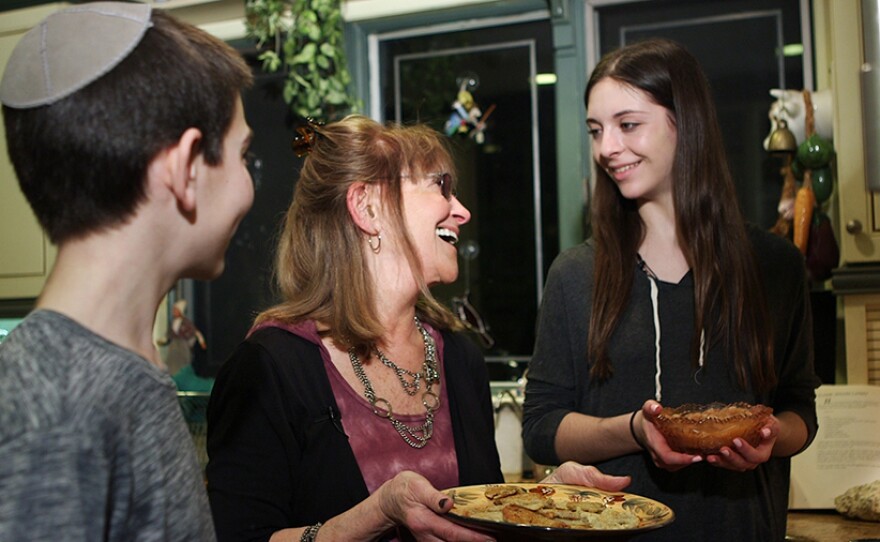
As historian Dianne Ashton ("Hanukkah in America") explains in the program, “the great thing about Hanukkah is that the story of the holiday has been retold in so many ways” — from the earliest accounts of the Maccabean revolt as fairly historical in the first Book of Maccabees through the emergence of rabbinical Judaism and a shift in focus from a story of military strength to one of being faithful, described in the Talmud (the primary text of Jewish law) as a “miracle.”
The program looks at the ways in which this story has been told through the years, at times as a good versus evil battle between those rebel Maccabee warriors and the Syrian ruler Antiochus, or a Civil War between Orthodox and assimilated Jews, or with the focus on a pure miracle of oil lasting eight days.
From any perspective it has the makings of a Hollywood blockbuster for the ages notes William Shatner, one in which he would now be cast as the ‘wise rabbi’ and not the dashing hero, he says with a chuckle.

“Hanukkah: A Festival Of Delights” traces the evolution of Hanukkah from its origin as a small holiday within Judaism with a tiny ritual that took place in the home rather than the synagogue, to one of major prominence in assimilated American Jewish life sparked by two reform rabbis in post-Civil War Cincinnati — Max Lillianthal and Isaac Mayer Wise.
Using the newspapers that both rabbis owned, they publicized the idea of involving children in a holiday festival and encouraged congregations across the country to participate.
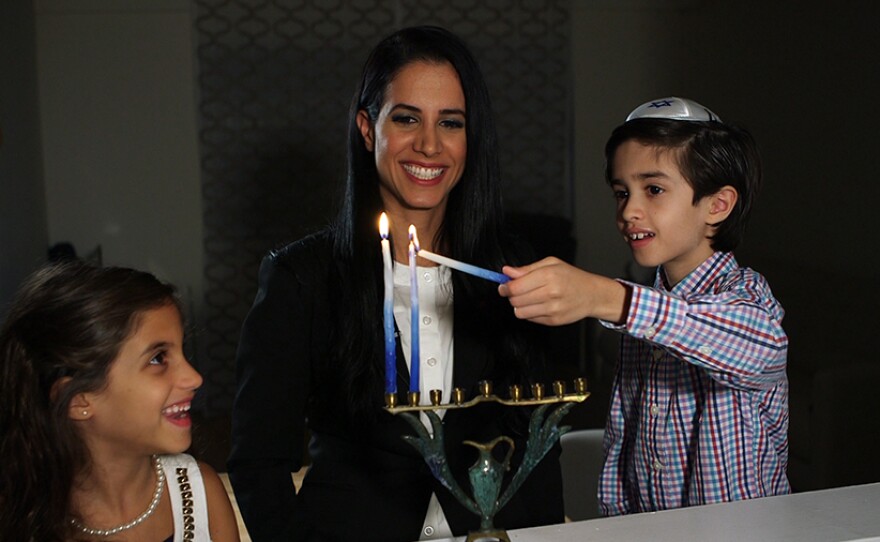
Today, as Ashton notes, religious schools continue this tradition as they incorporate the holiday into curriculum and interfaith families look to Hanukkah’s proximity to Christmas on the calendar to bring both faiths together.
Author Abigail Pogrebin ("My Jewish Year"), daughter of Ms. Magazine founding editor Letty Cottin Pogrebin, notes that Hanukkah is an “accessible” holiday compared with other Jewish rituals that may seem daunting, relating how her mother’s Hanukkah parties were marked by a tap-dancing Gloria Steinem, lectures from other noted journalists, and her siblings’ holiday parody songs along the lines of “Don’t Cry for Me, Antiochus.”
However families celebrate, the sights, smells and tastes of Hanukkah are the universal sensory signposts that connect, as each participant shares personal but universal memories — of a mother’s kitchen, a menorah burnished from yearly use, the singular glow of eight candles and the shamash that lights them flickering in unison, that distinct combination of potatoes and oil, the joy of receiving chocolate gelt (coins), and more indelible moments central to what is a favorite holiday for many American Jews.
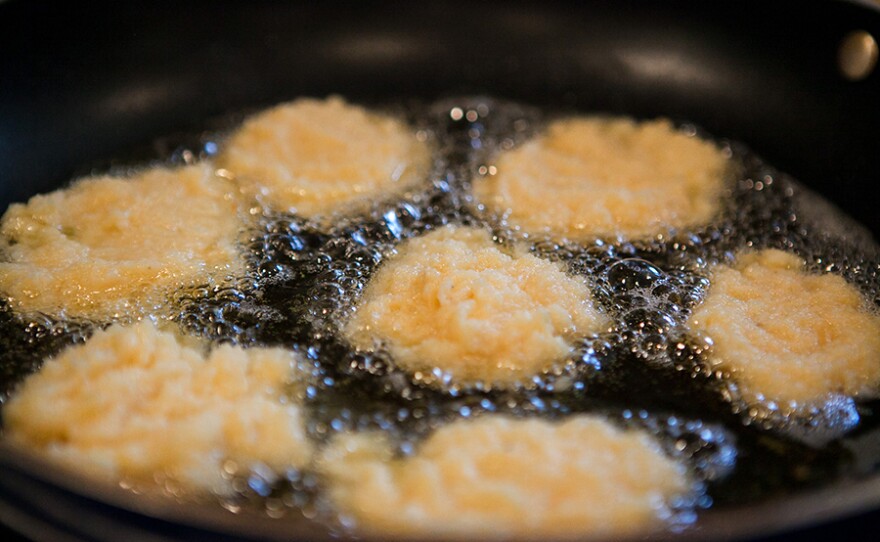
While Hanukkah is in so many ways a Festival of “de-Lights” with inviting aromas, uplifting melodies, fun celebrations, and nightly gifts for the children, as many in the program describe it can be challenging for some families to celebrate in the open as a minority, with a menorah lit in the window as has always been tradition.
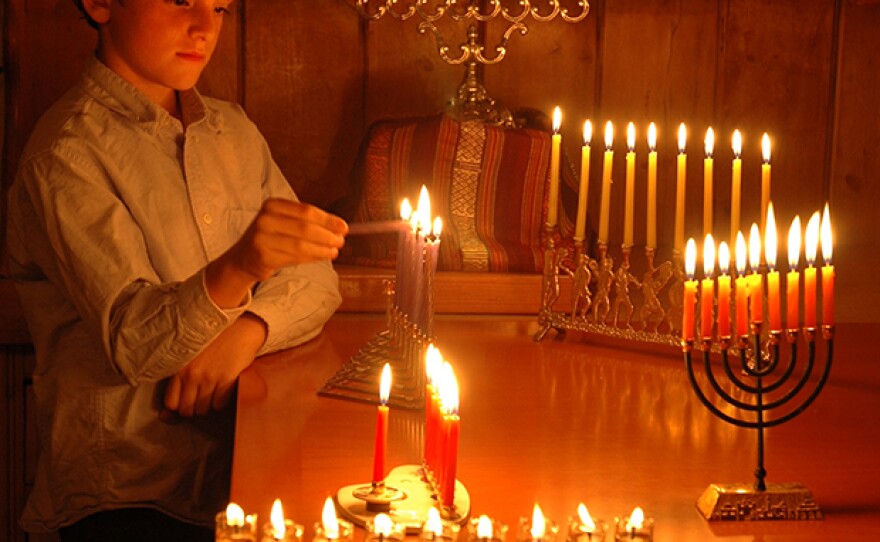
In the Jewish religion, life is often described as an eternal struggle between darkness and light, the triumph of hope over despair, and it is a theme central to the Hanukkah story that many in the program see as one of the reasons the holiday is more relevant than ever.
Despite this, Hanukkah remains a key part of Jewish life for those interviewed. Actor Lainie Kazan, preparing for her grandson’s first holiday with family filled with holiday songs to “bring him into our world” asserts, “If I can keep the candles lit the rest of my life I’ll be very happy.”

“Hanukkah: A Festival Of Delights” also explores the figurative elements central to every celebration of the holiday – the candle holder known as the menorah and the dreidel, a spinning top.
Susan L. Braunstein, senior curator at the Jewish Museum in New York City, reviews the four different shapes for menorahs throughout the centuries: the traditional, based on the original menorah during the time of the Macabees; bench types; hanging lamps from the Medieval period; and individual lamps lined up in a row, with stunning examples of each and the ways in which history has altered the rules about what a menorah needs to reflect in its design.
Young Judaica artist Joy Stember demonstrates how she carries on her family legacy using metal work in her menorahs as she puts the finishing touches on a future family heirloom. More than a toy, the dreidel plays an important role in the remembrance of Hanukkah history as the program explains, with the letters that mark its four sides denoting either “a great miracle happened there” or “a great miracle happened here” (for Israeli dreidels).
Dianne Ashton points out that the very act of spinning the dreidel in a game of chance shows how present life can be completely overturned, this little holiday’s enduring legacy.

As the program concludes, viewers understand that Hanukkah is more about presence than presents — it is not “Jewish Christmas” but closer to Thanksgiving, a people grateful for coming through the darkness time and again.
Whether one is pro-applesauce or sour cream for their latkes, what the holiday brings to everyone is a message of hope, reminding us, as Pogrebin notes, to “pay attention to where those little miracles are happening in your daily life.”
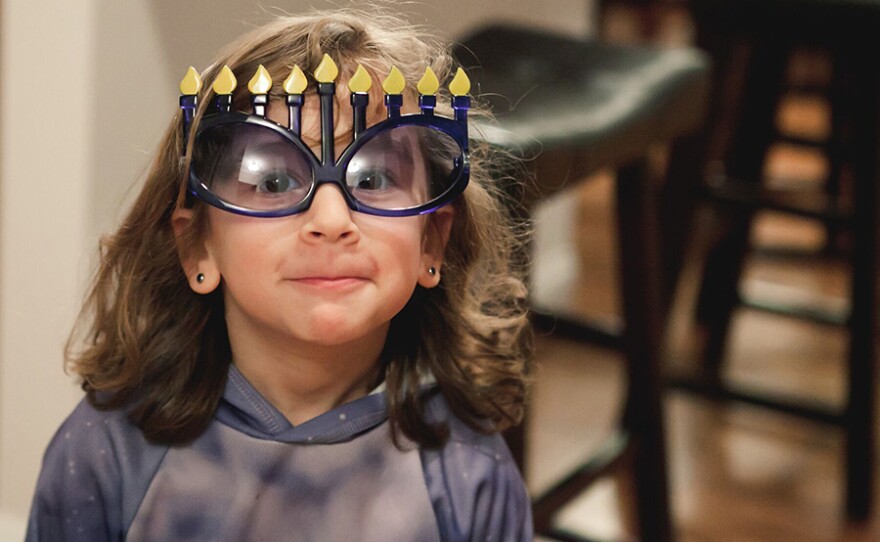
Produced by David Anton Productions
KPBS Holiday Programs
KPBS will broadcast these holiday specials throughout the months of November, December and January. These broadcast dates are subject to change and more shows will be added to the listing, so check back often. Happy Holidays!





